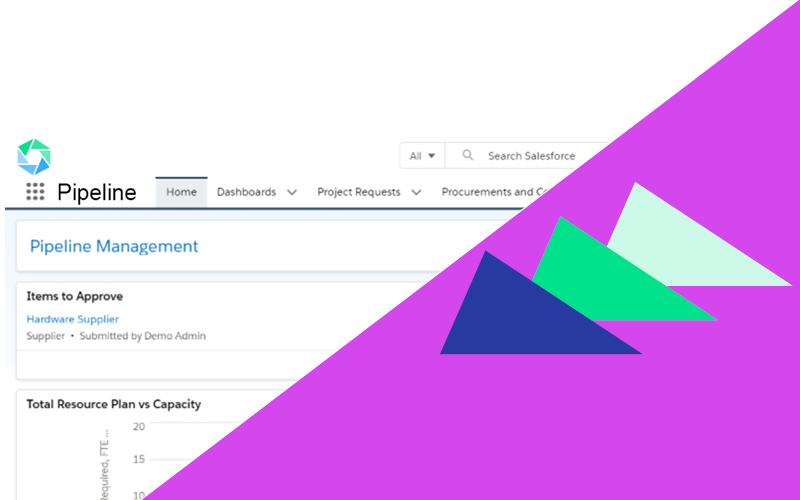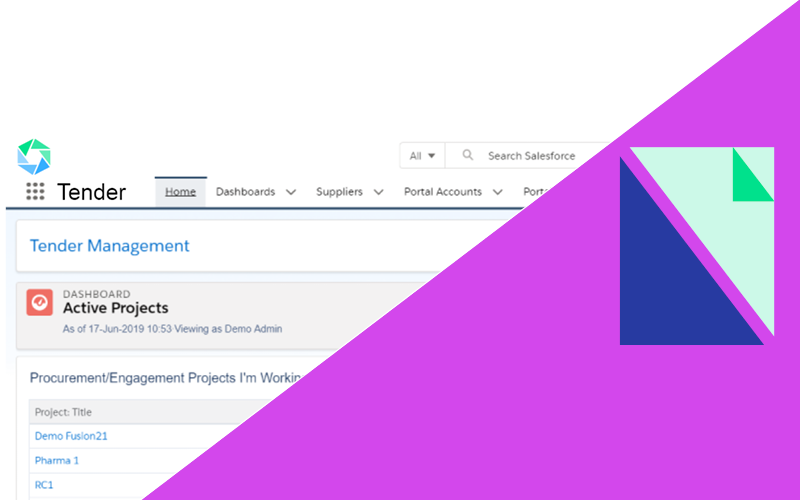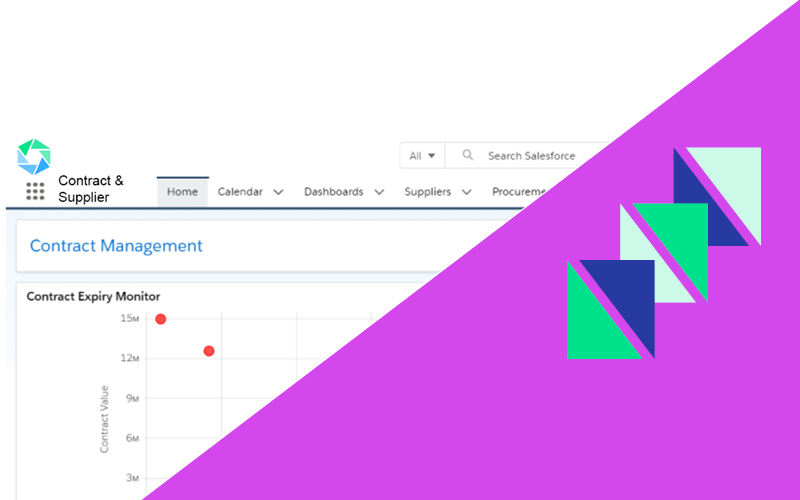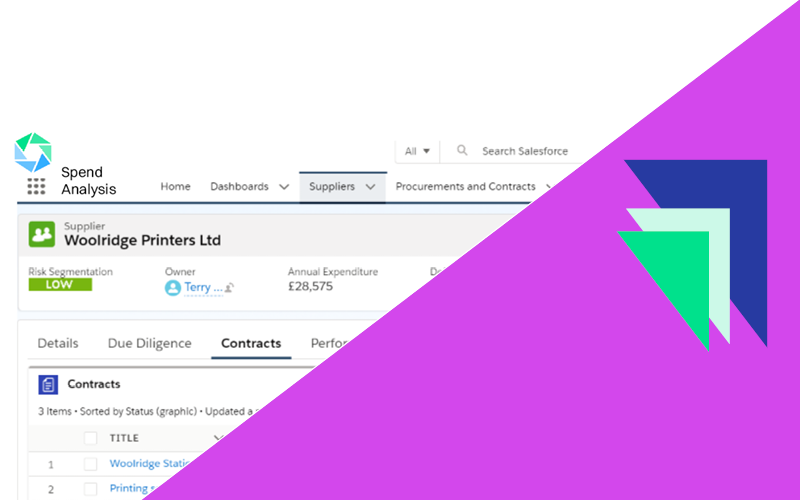-
Platform
- Pipeline
 Our Pipeline App empowers your team to plan ahead and forecast for upcoming procurement activities.
Our Pipeline App empowers your team to plan ahead and forecast for upcoming procurement activities. - Tender
 The Tender App allows your team to visualise all sourcing activities within your Atamis platform, from issuing tenders to receiving bids.
The Tender App allows your team to visualise all sourcing activities within your Atamis platform, from issuing tenders to receiving bids. - Contract & Supplier
 Our Contract & Supplier App puts your team in firm control of your key supplier relationships and provides a central repository for all contracts.
Our Contract & Supplier App puts your team in firm control of your key supplier relationships and provides a central repository for all contracts. - Enhancers
 Our Enhancers ensure your solution is tailored to your needs. Pick and choose additional functionality that fits your requirements.
Our Enhancers ensure your solution is tailored to your needs. Pick and choose additional functionality that fits your requirements.
- Pipeline
- Why Atamis
- Resources
Choosing the right e-procurement software for your business in 2025
Choosing the right e-procurement software for your business in 2025
Traditional procurement can be slow, complicated and produces mountains of paperwork. In complete contrast, (with the right solution) e-procurement is fast, automated and digital. The benefits of switching are obvious and most businesses have already done it or are in the process of doing so.
Global sales through e-procurement platforms are surging, even surpassing a staggering £746 billion in 2022, hinting at their efficiency and growing popularity. However, with so many solutions on the market, the question is no longer whether you should invest, but which platform is right for you.
In this article, we help you answer that question, looking at what e-procurement software is, features to look out for, how to overcome common challenges and more.

What is e-procurement software?
E-procurement software is a digital system that helps procurement teams manage sourcing, supplier relationships, contracts and spend – all within one connected platform.
A complete solution for procurement management
At its core, e-procurement software streamlines the purchasing process. It reduces manual effort and improves compliance by guiding users through procurement workflows. These include:
- Pre-market planning & approvals
- Tender creation & management
- Bid evaluation & contract award
- Supplier onboarding & communications
- Contract lifecycle management
- Spend analysis & reporting
By centralising information and automating workflows, e-procurement tools provide consistency, transparency and a clear audit trail.
A more strategic approach to procurement
Today’s procurement teams do a lot more than just place orders. They manage risk, foster supplier innovation, support sustainability goals and provide data-driven insight to leadership.
The right e-procurement software empowers teams. It enables data visibility, encourages better supplier collaboration and supports proactive planning – not just reactive buying.
Which procurement software is best?
There is no single platform that suits every organisation. Procurement functions vary across sectors, team sizes, digital maturity levels and even internal processes.
What’s ‘best’ in one organisation may fall short in another. That’s why the best procurement software is ultimately a flexible one that fits the way your team works, supports your goals and grows with you over time.
Procurement software solutions today range from lightweight tools that focus on core purchasing activities to expansive suites offering end-to-end strategic functionality.
With such a diverse marketplace, making the right decision means asking the right questions. Below are some of the key factors to think about when assessing procurement software.

Ease of Use
Ease of Use
Procurement software should empower users – not slow them down. If a system is unintuitive or requires excessive training to use basic functions, it risks low adoption.
This often results in inconsistent data entry, workarounds via spreadsheets or email and poor compliance with processes.
Instead, seek a platform with a clear, user-friendly interface that caters to the everyday realities of procurement work. Dashboards should present relevant information at a glance, and workflows should feel natural – not overly rigid or hidden behind unnecessary layers.
The best systems guide users through tasks while still offering flexibility. Ease of use also supports onboarding new staff, helping teams remain resilient amid turnover or restructuring.
When the interface aligns with familiar business tools, like the Salesforce environment used by Atamis, user confidence improves. And so does overall system performance.
Integration
Integration
Procurement software rarely stands alone. It needs to interact with other systems across the organisation, like finance, HR and ERP. A platform that cannot integrate effectively risks creating new silos of information and additional admin effort for your team.
Look for a solution that offers robust integration options, whether via standard connectors, APIs, or flexible data export/import tools. Ideally, your procurement data should flow seamlessly into reporting structures and approval processes elsewhere in the business.
Integration also matters when it comes to external platforms – particularly for organisations required to publish tenders on public portals or report spend to central bodies.
Compatibility with systems like Find a Tender or Contracts Finder is critical for public sector teams. Likewise, you can reduce friction and drive supplier engagement with a supplier portal that links directly to your procurement system.
Security
Security
Procurement teams handle sensitive data – from commercial contract details and supplier information to personal data used in onboarding or evaluation. This makes system security a non-negotiable consideration, especially in public sector settings or industries with strict compliance requirements.
Evaluate each platform’s approach to security. Is data encrypted in transit and at rest? What kind of access controls are available? Does the vendor comply with recognised standards such as ISO 27001? How frequently are security audits performed?
It’s also worth considering the resilience of the platform – will it be supported in five or ten years’ time? Is the underlying infrastructure stable and widely trusted?
Solutions built on platforms like Salesforce (as is the case with Atamis) benefit from enterprise-grade security and proven scalability. This level of reassurance matters when procurement processes form part of critical operations across the business.
Flexibility
Flexibility
No two procurement teams are exactly alike. Terminology, governance structures, approval routes and performance metrics can all vary – even within similar organisations. That’s why flexibility is critical when selecting a platform.
Being able to configure dashboards and reports to match your internal language and process flow is essential. A rigid system may require your team to adapt its ways of working to fit the tool, rather than the other way around.
Platforms like Atamis stand out in this regard. The system is designed to be shaped to your procurement function, not force it into a predefined mould.
Whether you need to reflect department-specific workflows, incorporate unique KPIs, or create project templates based on your organisation’s approach to tenders, flexibility should be front and centre in your selection criteria.
Scalability
Scalability
Your procurement software should be able to support where you are now and where you’re heading. Teams evolve, sometimes rapidly. What works for a small procurement function today may feel restrictive within a year or two, especially if the organisation is undergoing digital transformation or regulatory changes.
Scalable software allows you to add new modules, onboard more users, or expand into new functional areas without disrupting what’s already working. It also means the platform can support more sophisticated reporting, automation or governance requirements as your team matures.
Our solution is modular by design. Organisations can start with core apps such as Tender or Pipeline, then expand their toolkit with Contract & Supplier management or Enhancers like Spend Analysis, Supplier Portal and Risk Management as needs grow.
This approach allows teams to pace their digital adoption and focus on adding value at each stage of their journey.
Prioritise fit over features
Prioritise fit over features
It’s tempting to compare software platforms based on feature lists alone. But procurement is about more than checkboxes. It’s about how well the system supports your team’s specific ways of working – and whether it helps elevate procurement from an operational necessity to a strategic function.
During selection, involve end users from across the procurement team. Build out real-world use cases. Ask prospective vendors to demonstrate how the system would work for your team, your categories and your approval flows. Prioritise platforms that make complexity manageable – not those that add more layers to navigate.
Ultimately, the best procurement software should reduce friction, build trust across your organisation and give you the tools to deliver long-term value.
Why Atamis is a strong contender
Atamis is one of the leading procurement platforms used across the UK public and private sectors. It offers modular functionality, which allows organisations to build the system they need – whether that’s focused on tender management, pipeline planning or supplier relationship management.
The platform includes:
- Pipeline App – to support resource forecasting and pre-market planning
- Tender App – to manage sourcing and bid evaluation
- Contract & Supplier App – for full contract lifecycle and supplier relationship management
Enhancers like Spend Analysis, Supplier Portal and Risk Management tools can be added as needed, creating a flexible solution that evolves with your team.
While every organisation’s needs are different, the combination of adaptability, integration options and user-friendly design make Atamis a platform worth shortlisting.

What are the disadvantages of e-procurement?
Some systems come with challenges. Being aware of common pitfalls can help you plan around them and maximise the value of your investment.
User irritation lowers performance and compliance
User irritation lowers performance and compliance
The challenge
Overcomplicated systems, clunky interfaces or confusing workflows can frustrate users. When systems are hard to navigate, people often revert to emails or spreadsheets – undermining compliance and creating process gaps.
How to solve it
Select a platform that’s intuitive and adaptable. Provide proper training and tailor the user experience to different roles. Software like Atamis, built on Salesforce, benefits from a familiar interface and clear role-based permissions, helping teams stay on track without feeling burdened.
Coordinating direct and indirect spend can be difficult
Coordinating direct and indirect spend can be difficult
The challenge
Many organisations struggle to get a full picture of spend across categories. Indirect spend, in particular, can be fragmented across departments and suppliers.
How to solve it
Invest in tools that unify spend data into one platform. Spend Analysis functionality helps you drill down into third-party spend, identify anomalies and make smarter purchasing decisions – reducing maverick spend and uncovering savings opportunities.
Issues with supplier catalogue integration and updates
Issues with supplier catalogue integration and updates
The challenge
Outdated product catalogues and supplier records can cause errors, delays or missed savings opportunities. Managing this manually is time-consuming.
How to solve it
Use a system that enables suppliers to manage their own data via a portal or structured forms. Platforms with a built-in Supplier Portal and document repository make it easier to maintain accurate, up-to-date supplier information.
Issues with data visibility and dashboards
Issues with data visibility and dashboards
The challenge
Some e-procurement systems provide data but little insight. Limited dashboards, static reports or non-customisable views can prevent procurement teams from demonstrating strategic value.
How to solve it
Look for software that offers real-time dashboards, configurable reports and visual insights into supplier performance, contract compliance and upcoming renewals. These tools help procurement professionals act as strategic advisors, not just administrators.
Wrap-up
Choosing the right e-procurement software is about more than feature lists. It’s about aligning with your team’s way of working, improving collaboration and enabling your organisation to plan for the future – not just react to the present.
Let’s recap the key takeaways:
- E-procurement software provides visibility, control and automation across the full procurement lifecycle.
- Choosing the right tool depends on your specific workflows, goals and level of procurement maturity.
- Potential drawbacks – such as user friction or limited data use – can be mitigated with the right implementation, training and platform choice.
A well-chosen system should support and empower procurement professionals to do their best work. Look for a well-rounded solution that’s flexible, scalable and has an intuitive interface that teams can easily get to grips with.
Why Choose Atamis?
With so many procurement software solutions out there, it’s essential to choose an e-procurement solution that works hard for you and is tailored to your unique needs. Here’s what makes Atamis different:
- Customisation: Tailor the platform to fit your organisation’s structure and goals.
- User-Friendly Interface: Intuitive design ensures quick onboarding and adoption.
- Data-Driven Insights: Access real-time dashboards and reports for informed decision-making.
- Unrivalled Security: Hosted on the Salesforce platform, ensuring industry-leading security and reliability.
- Ongoing Support: Our expert team is here to support you every step of the way, from implementation to optimisation.

Book Your Free Demo Today
Ready to transform your procurement processes? Let us show you how Atamis can make a difference.
Streamline your procurement function, reduce costs and build stronger supplier relationships with Atamis’ powerful and customisable e-procurement platform. Contact us at [email protected] or schedule your free demo and see our e-procurement solutions in action.
Hear from our Product Team
“Pipeline integrates seamlessly with our Tender and Contract & Supplier Apps, so our clients can truly obtain a full, comprehensive single view of the truth. They can achieve data mobility and get their data working for them – turning what would otherwise be overwhelming data flows, into actionable insights.”
Kate Stavrides – Atamis Product Manager
